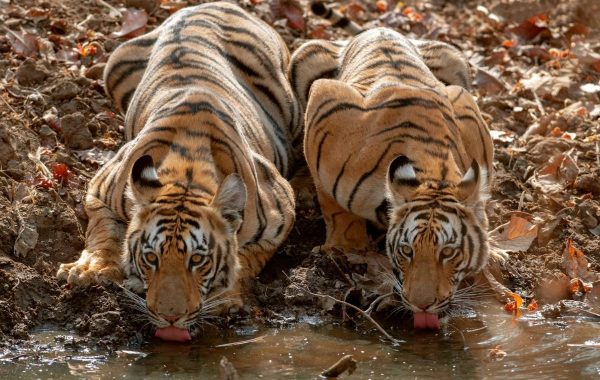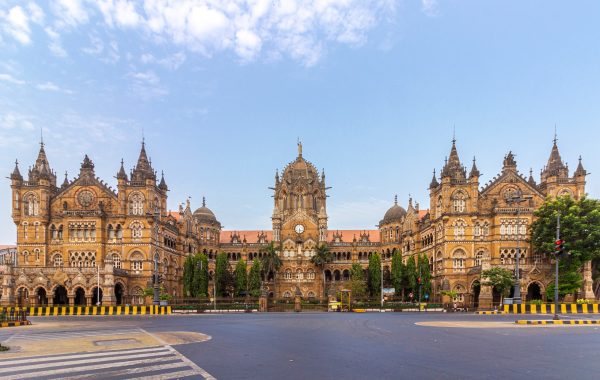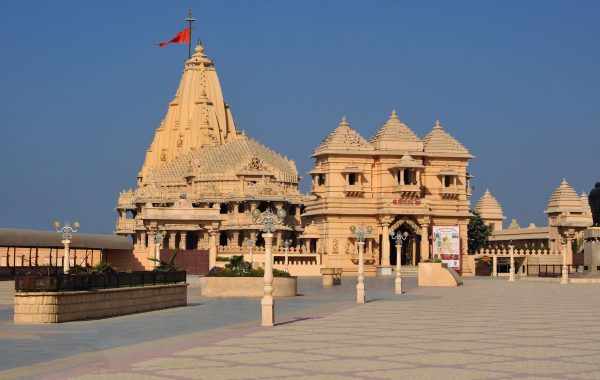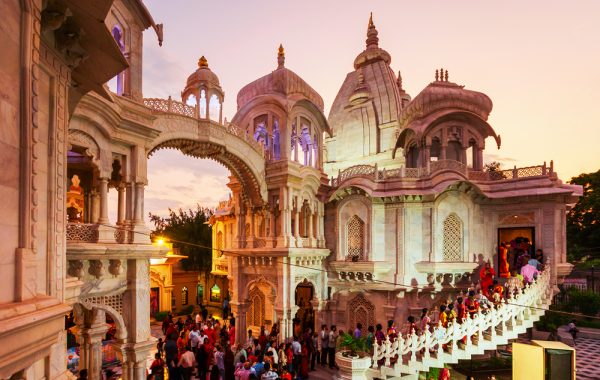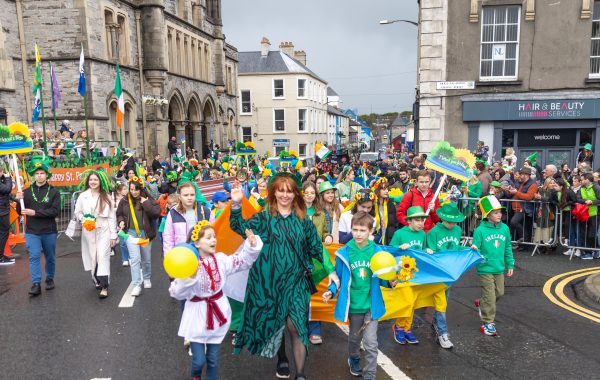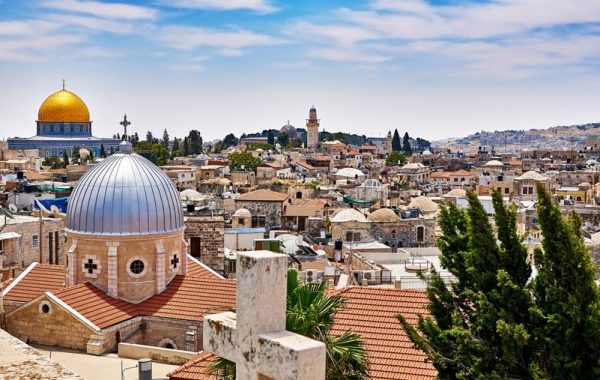Nyokom Festival. Photo: Shutterstock
From thanksgiving for a good harvest to celebrations of friendship, these festivals are a great time to visit the north-eastern state.
Arunachal Pradesh with its soaring mountains, roaring rivers, and unspoiled forests is aptly called the “Last Shangri-La on Earth”. Apart from its rugged natural beauty, it’s also known for its diverse culture. Populated by different tribes across its vast swathe, the state celebrates various festivals, both religious and cultural. Time your visit to Arunachal Pradesh with these eight festivals and experience the song, dance, and revelry that make them unique.
Myoko
Celebrated in spring, the Myoko festival is all about friendship and harmony between the various Apatani villages in Arunachal Pradesh’s Ziro valley. It also coincides with new paddy being sown in the valley’s terraced fields and residents pray for a good crop. The 10-day festival is marked by animal sacrifice led by the local shaman, traditional dances, and drinking copious amounts of apong (local fermented rice beer). Every year, the festival rotates between the eight Apatani villages, and two or three villages come together to host the festival for the tribe.
Nyokum
Nyokum, also known as Nyokum Yullo, is celebrated by the Nyishi tribe at the end of February. The term Nyokum comes from the native dialect — Nyok meaning land and Kum meaning people or togetherness. Over two days, the Nyishi people celebrate the festival by performing traditional dances, singing, and getting together. A unique prayer structure called Yugang is made of bamboo, upon which animals are sacrificed for appeasing the gods. The high priest performs religious rituals and offers prayers to the spirits for the harmony and prosperity of the people.
Mopin
One of the oldest harvest festivals of Arunachal Pradesh, Mopin is celebrated by the Galo tribe during March and April, coinciding with their New Year. People dress up in their finest white traditional clothing and smear rice powder on each other’s faces followed by folk songs and an elegant dance known as Popir. The main goddess worshiped during the festival is Mopin Ane, who is believed to bring fertility and prosperity for the tribe. An important part of the festival is the sacrifice of a Mithun, a bovine species found only in the northeast.
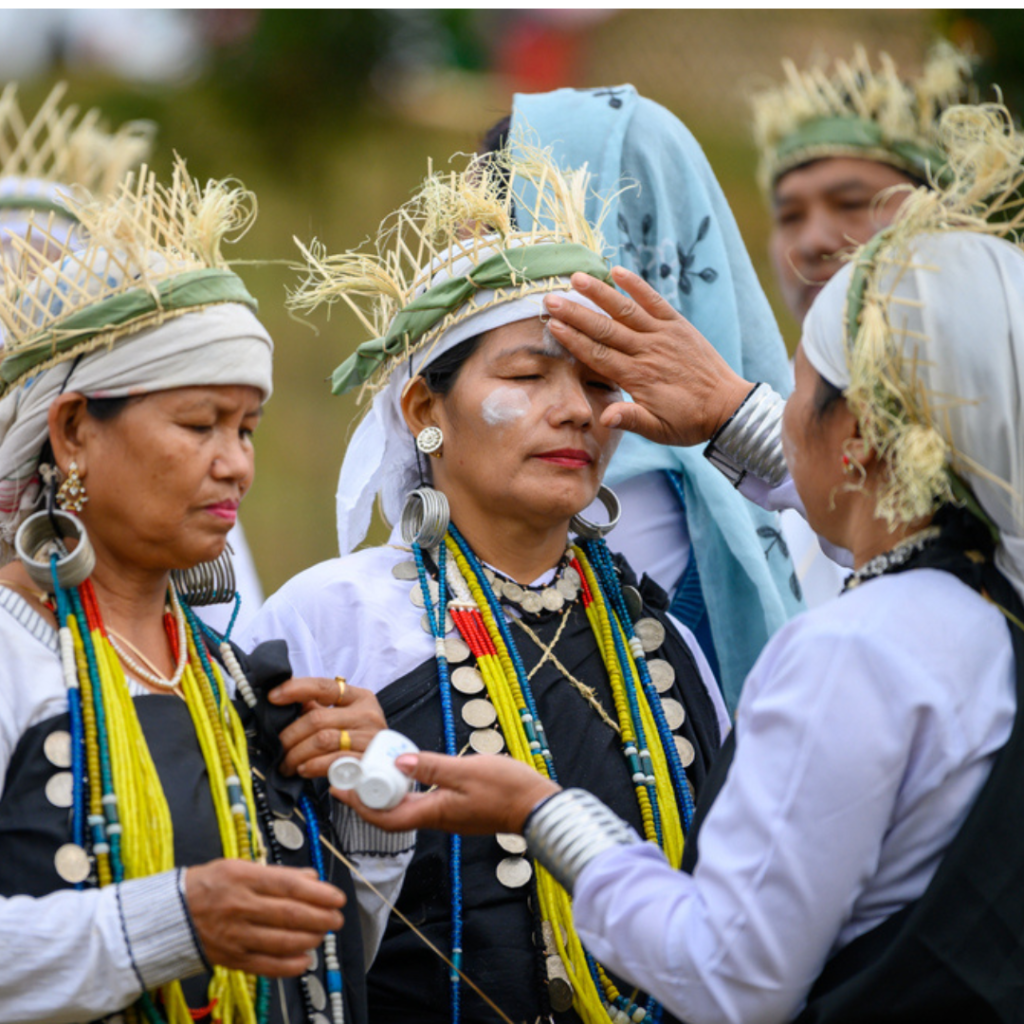
Solung
Held in the monsoon season, usually in September, the 10-day Solung festival is celebrated by the Adi community. This is primarily an agricultural festival held after the sowing of seeds to seek prosperity and a good harvest. The festivities begin early morning with the sacrifice of a bison and wild boar to the goddess of crops, Kine Nane followed by traditional rituals to seek protection against evil spirits. Over the next few days, there are massive feasts, dances, and lots of Apong-fuelled revelry. On the last day, any disease-ridden crop plants are cleared from the fields, preparing them for the next harvest season.
Losar
The New Year festival of the Monpa tribe is called Losar and is celebrated on a grand scale in February-March every year. The Monpas are one of the oldest and predominant tribes of the Tawang district and this festival is one of the major tourist attractions in the region. Held over 8 to 15 days, the festival begins with people cleaning their homes, offering prayers, and hoisting religious flags atop their houses. New clothes and jewellery are bought and people visit each other’s houses to dance, sing, and gamble. Aji Lhamu, the traditional mask dance is also performed during this festival.
Reh
Reh is one of the most important festivals for the Idu Mishmi tribe and is celebrated over three to six days in February every year. The festival’s first day Andropu is marked by extensive prayers, rituals, and the worship of boars and other animals. Traditional dances are performed at night and on the second day, Eyanli, the animals are offered as a sacrifice. On the third day, Iyili, special delicacies are prepared from the meat. More rituals are performed over the next three days, including offering rice beer to the household goddess and praying for a successful harvest.
Oriah
Celebrated by the Wancho tribe, Oriah is an important festival that goes on for 6 to 12 days in March or April. Men and women wear traditional costumes and participate in singing and dancing, which take place around a zangwaan, a long ceremonial bamboo pole planted during the festival. The pole has seven branches denoting the seven main crops of the Wanchos. Pigs, buffaloes, and mithun are sacrificed and large community feasts are prepared. People also exchange bamboo tubes of rice beer as a mark of greeting and goodwill.
Sangken
Originally celebrated by the Khampti tribe of the Namsai district, Sangken or Sanken is held all over the state in February. The festival begins with beating of drums and gongs and bathing the idol of Lord Buddha. People sprinkle clean water on each other symbolising peace and purity and also offer sweets and gifts. During the 3-day festival, people do not kill animals, consume alcoholic beverages, cut trees, gamble, or engage in any form of manual labour. The festival ends with the decorated statue of Lord Buddha being installed in the main temple.
In Partnership with Arunachal Pradesh Tourism
For the latest travel news and updates, food and drink journeys, restaurant features, and more, like us on Facebook or follow us on Instagram. Read more on Travel and Food Network
Related Coverage
Discover The Beauty Of Arunachal Pradesh Through Bird And Butterfly Spotting
Trekking The Seven Lakes In Arunachal Pradesh
Orange Festival of Music and Adventure | Arunachal Pradesh
Prachi Joshi is an independent travel and food writer based in Mumbai. Her words have appeared in publications such as Conde Nast Traveller, Vistara, Zee Zest, and AD among others. When she’s not writing, you’ll find her in a cafe sipping espressos, people-watching, and perhaps plotting her next trip to Italy. She enjoys photography and is on Instagram as @delishdirection.






